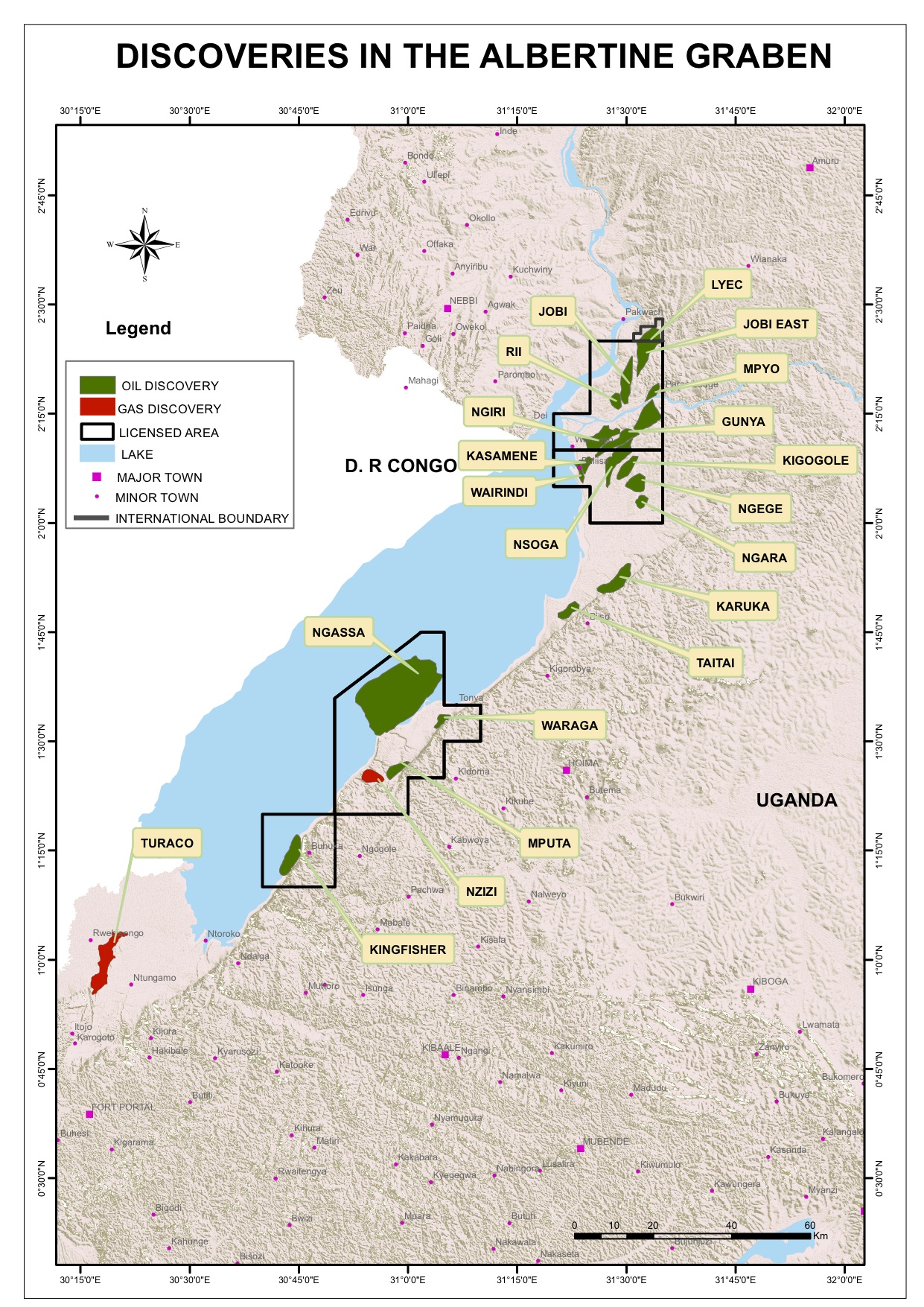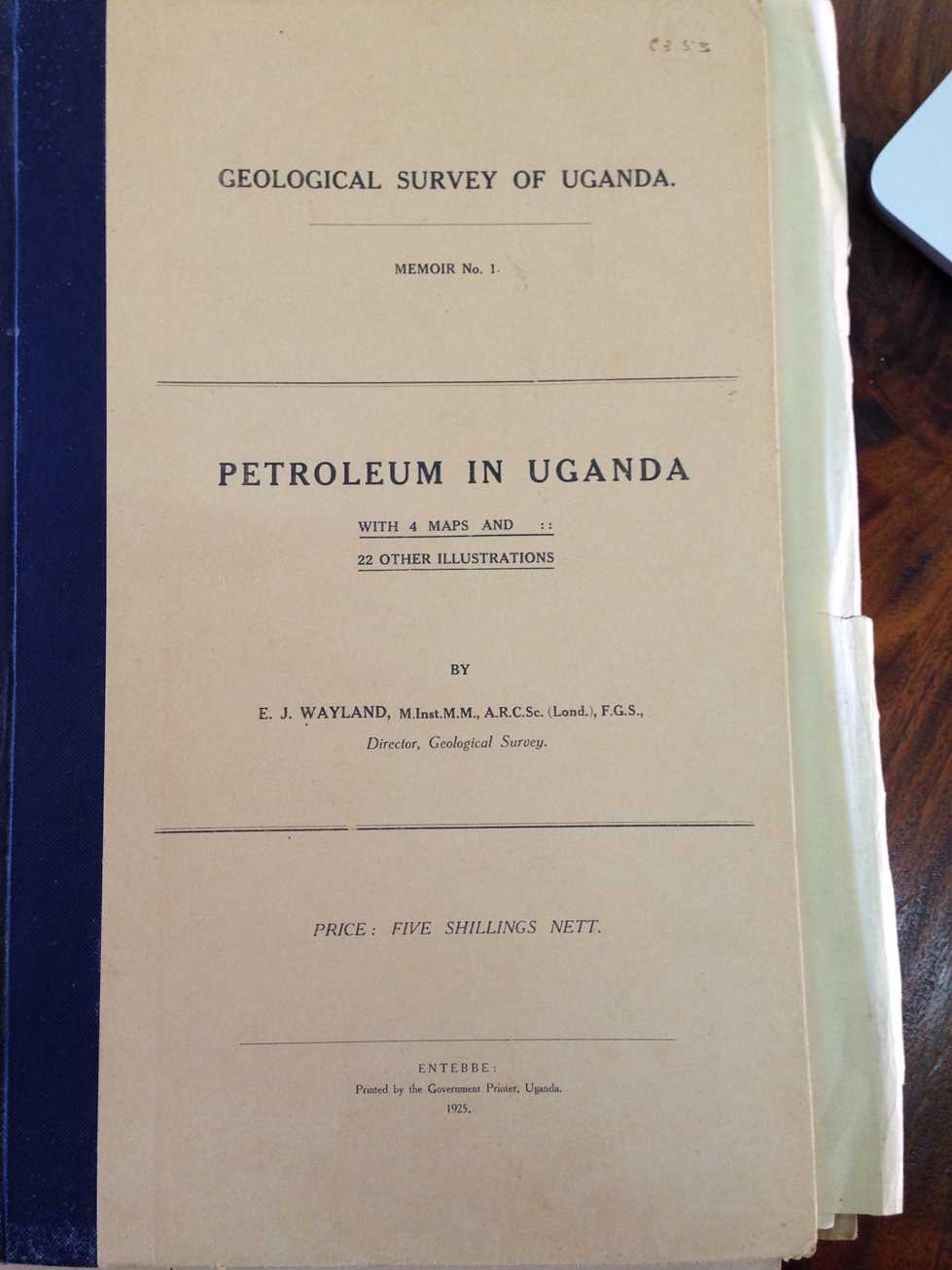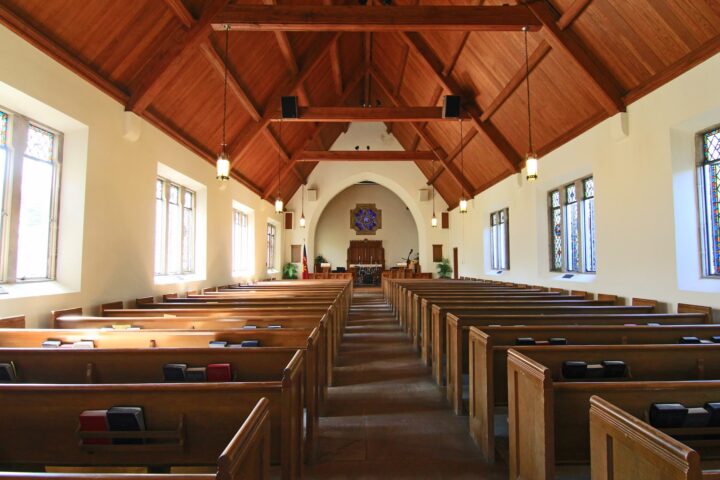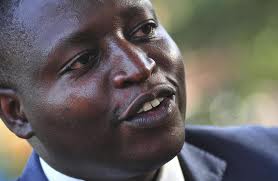This year marks the 100th since the search for oil in Uganda begun. Its true. In his memoir (not to be confused with the ordinary meaning of the word as a recollection of personal experiences but rather as a scientific report), the grandfather of oil exploration Mr. E.G Wayland) recorded the first mineral (oil) concession in the Uganda Protectorate as going to Mr. William Brittlebank. The date of the concession he approximated was November 1913. At the time of the writing of the first geological appraisal of Uganda’s oil prospects Mr.Wayland, the Director of the Department of Geological Survey at Entebbe listed five other concessions with regard to oil all to British businesses. They included Sir Sydney Henn (1920), Chijoles Oil, Ltd (1920, Lord Drogheda (1920), Messrs Bird & Co 1920 and Messrs E.S, Grogan, A.F. Dudgeon, A.G Tannerhill and Owen Grant. The latter licenses were issued between July and September of the same year. The memoir or report was an official publication of the Ugandan authorities titled “Petroleum in Uganda” and included four maps and other illustrations. It was printed by the government printer at Entebbe in 1925 and sold for 5 shillings.
The history of oil exploration, now turning a centenary, is however technically older. It was preceded by “discoveries” by European explorers, adventurers, militarists and missionaries of naturally occurring seepages of oil especially around Lake Albert.
Having failed to raise money to begin properly prospecting, Mr. BrittleBank attempted what is perhaps the earliest known offer to trade in oil futures in Uganda, proposing, reports Wayland, to sell back his concession for 200 pounds in 1919. Wayland himself who was a government geologist rejected the offer. Maps provided for oil exploration of the Albertine Graben have not changed much from 100 years ago. What has altered is the knowledge of the geology of the areas.
Exploration has benefitted in recent years, leading to the announcement of commercial oil discoveries in 2007, by better technology, and relative political stability than had been available to successive Ugandan governments since the pioneering years. [Below a 1925 Map showing potential deposits]

What has been missing in the Ugandan narrative of oil exploration, till probably the writing of this article, has been banishing of history from the narrative of petroleum and other mineral exploration- to render a non-contiguous account at how 2013 whose take off point was 1913, truly happened.
At the advent of independence and following unsuccessful drilling by the 1930’s by various commercial interests the Ugandan authorities published Norman Harris, J.W Pallister and JM Brown second account of Uganda’s oil prospects. At this time the intervention of two world wars and the coming of independence has altered the calculus for the British colonial authorities significantly. As a geological follow-up of the work of Wayland, the 1956 report was a critical review of what had been known since the pioneering days of the geology of petroleum.
The absence of outright successes in drilling had produced complex technical questions. Since the cost of exploration was prohibitive for commercial enterprises, many of who sought to buffer their investment with demands for exclusive licenses (even though the mother of all these would be the Petrofina license in 1991 that “gave away” the entire Albertine Graben to one company), the Ugandan government through the department of Geology and Mines (later Geology, Mines and Surveys) undertook much of the work. In the tradition of the governments of the time every end of year, the director of the department would include in his annual report a technical account of the work of his staff. [Below. Discoveries as of June, 2013] Wayland had set the stage as we can now see from the regular, consistent correspondences he had with his political superiors. Writing to the Commissioner of Mines and the Chief Secretary of the colonial government in Entebbe, he recalls a “safari” to Bunyoro that he had undertaken in 1923 to verify claims by one private company, the Anglo-French Middle East Development Corporation. At heart he said in his letter of the 3rd of January was to answer the “most important question of all, the determination of the source of the Lake Albert Petroleum seepages”.
Wayland had set the stage as we can now see from the regular, consistent correspondences he had with his political superiors. Writing to the Commissioner of Mines and the Chief Secretary of the colonial government in Entebbe, he recalls a “safari” to Bunyoro that he had undertaken in 1923 to verify claims by one private company, the Anglo-French Middle East Development Corporation. At heart he said in his letter of the 3rd of January was to answer the “most important question of all, the determination of the source of the Lake Albert Petroleum seepages”.
In a language that his current successors at the Petroleum Exploration and Production Department (PEPD) may appreciate today, Wayland argues that the geology was incomplete to support the award of new licenses. “ I believe that a party is negotiating for the acquisition of the concession originally held by the late Brittlebank. If nothing has materialized may I suggest that no concession be granted until preliminary work in the area has been completed by this office,” he wrote. He added, “Whether the information obtained by this office (the department of geology) would be made public or sold to the party above mentioned or to other parties might also be considered. At any rate am of the opinion that the preliminary work started by the Geological Survey should be completed before any further action is taken,” signed “Sir, your most obedient servant”.
In an interview given to this writer in 2011, the present head of PEPD, Mr. Ernest Rubondo, offered the same philosophy about new licenses. He argued that the department would conduct preliminary work on prospective exploration areas and would then invite companies to bid for them. The idea was to improve the quality of the concessions on offer and their commercial value. Today PEPD where limited copies of the Wayland and Harris works can be found (only two copies of each exist) is constructing a new headquarters by the lakeside where the old department of survey stands. The old buildings remain with their narrow corridors and perpetual smell of bats, lizards and rotting wood. But within them what would have been considered revolutionary technology has replaced the old government boreholes that promised to deliver oil in the 50’s and 60’s.
Computer generated maps of new concession areas and a planned 3-D interactive map with up to date information on geology, concessions and agreements for all Uganda’s prospective areas is being prepared by a newer generation of civil servants. Besides Mr. Rubondo, the leaders of the exploration march include the fore-going commissioner Reuben Kashambuzi whose account of the eventual discovery of oil (just before his own retirement) makes up for the experiences of the department after disruptions of the civil war of the 1980’s.
At the time he joined the department in 1984 and later, together with Mr.Kabagambe Kaliisa, Kashambuzi led the department through its most trying but ultimately successful period. At the time he joined, the second UPC government was desperate to bring oil revenues online following the devastation of the Ugandan economy in the 70’s and a raging civil war after the 1980 elections. The government passed the 1985 Petroleum Act (repealed this year) and attempted to hold the interest of investors following promising aeromagnetic surveys by a Canadian firm. This was a step down from seismic surveys later carried out by Heritage Oil and Gas in 1998 that informed drilling then onwards. The UPC authorities were perhaps the most competent but completely unlucky administrators in the post-independence history of petroleum and mines. This jinx was owed to political factors.
Having inherited a competent civil service on the eve of independence, the UPC administrations in the decade of the 60’s and later at the start of the 80’s saw a near decapitation of the knowledge and capacity of the department of geology, mines and surveys. Prior to the civil wars and political strife the Ugandan government under UPC was bubbling with confidence in the economy then shored by rising commodity prices, growing industry and the prospect of mineral development through continuous exploration.
On the 24th of April 1967, the Minister for Mineral and Water Resources for example wrote to Apollo Milton Obote about the late President’s supposedly “keen interest in mineral development and mining in Uganda” urging his boss to grant a company exclusive license over the whole of Karamoja for diamond prospecting. The company, Mineral Prospecting (Uganda) Limited, was associated with the Diamond Corporation of Tanzania and had reported promising prospects of finding diamonds in Karamoja (with prospecting in Lango and Acholi). Mr Choudry, the minister was supportive but said it would involve “ closing up the whole of the Karamoja District”. Choudry (who had a feisty relationship with Obote in cabinet) was emblematic of the confidence of both the political and civil service class about the potential of mining and petroleum in the newly independent state. The political shocks of the 1st and 2nd world wars, and thereafter the domestic chaos of post-independence state-building have all conspired to post-pone the payday for oil revenues. As history has shown however at no time since when oil was on the colonial chessboard or subsequently a pawn of less grand designs was the office of the geological department vacant or purposed to find petroleum. As the 90’s closed, a British company, Heritage Oil and Gas, curved out of a military consultancy or private military company would claim the right to first oil in Uganda. It may be less than co-incidence that British geologists (and companies) would commence exploration of oil in Uganda and elsewhere in former British colonies that would end in discoveries a century later.
Original as submitted to the DM










